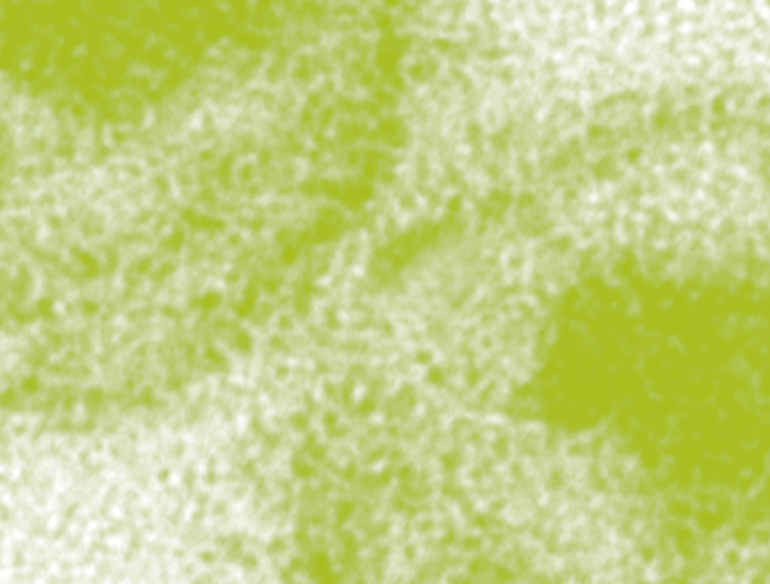- In November 1984, the Queensland Minister for Health announced that four infants, recipients of blood transfusion, had died following AIDS. The announcement galvanised national control measures, aimed initially at protecting the blood supply.
- AIDS, as it was then known, had previously been shown to be a transmissible infection, spread primarily through sexual contact; this fact formed the initial focus of Queensland Health’s responses.
- In 1984, “venereal diseases”, now known as sexually transmissible infections, were notifiable conditions under the provisions of the Health Act 1937 – 1982. Notification of these traditional diseases did not require personal identifiers. Amendments to the Health Act in 1984 made AIDS a notifiable condition under the venereal diseases provisions, and also mandated that name, address, occupation and marital status be provided.
- In 1984 – 1985, homosexual acts between consenting adults were criminal offences in Queensland. Despite the confidentiality provisions of the Health Act, the requirements for notification of HIV infection by name and address posed an immediate threat to affected communities.
- To allay this perceived threat, notifications were sent, not directly to Queensland Health but to the AIDS Medical Unit, which had been established previously to provide education, counselling, testing and management of those found to have HIV infection.
The Australian HIV Surveillance Report has been published on a quarterly basis from July 1990. Reports published from January 1994 are available below. Each report includes article(s) on topics of general interest in the epidemiology of HIV and related infections updates on the number of cases of newly diagnosed HIV infection and AIDS in Australia estimates of HIV incidence and prevalence among people seen through a network of sexual health clinics in Australia.
The Australian HIV Surveillance Update provides a brief summary of HIV and AIDS diagnoses in the most recent quarter, the most recent year and cumulative counts. The Australian HIV Surveillance Update was published separately prior to the July 2000 issue of the Australian HIV Surveillance Report. Updates post April 2000 are included in the Australian HIV Surveilance Report.
